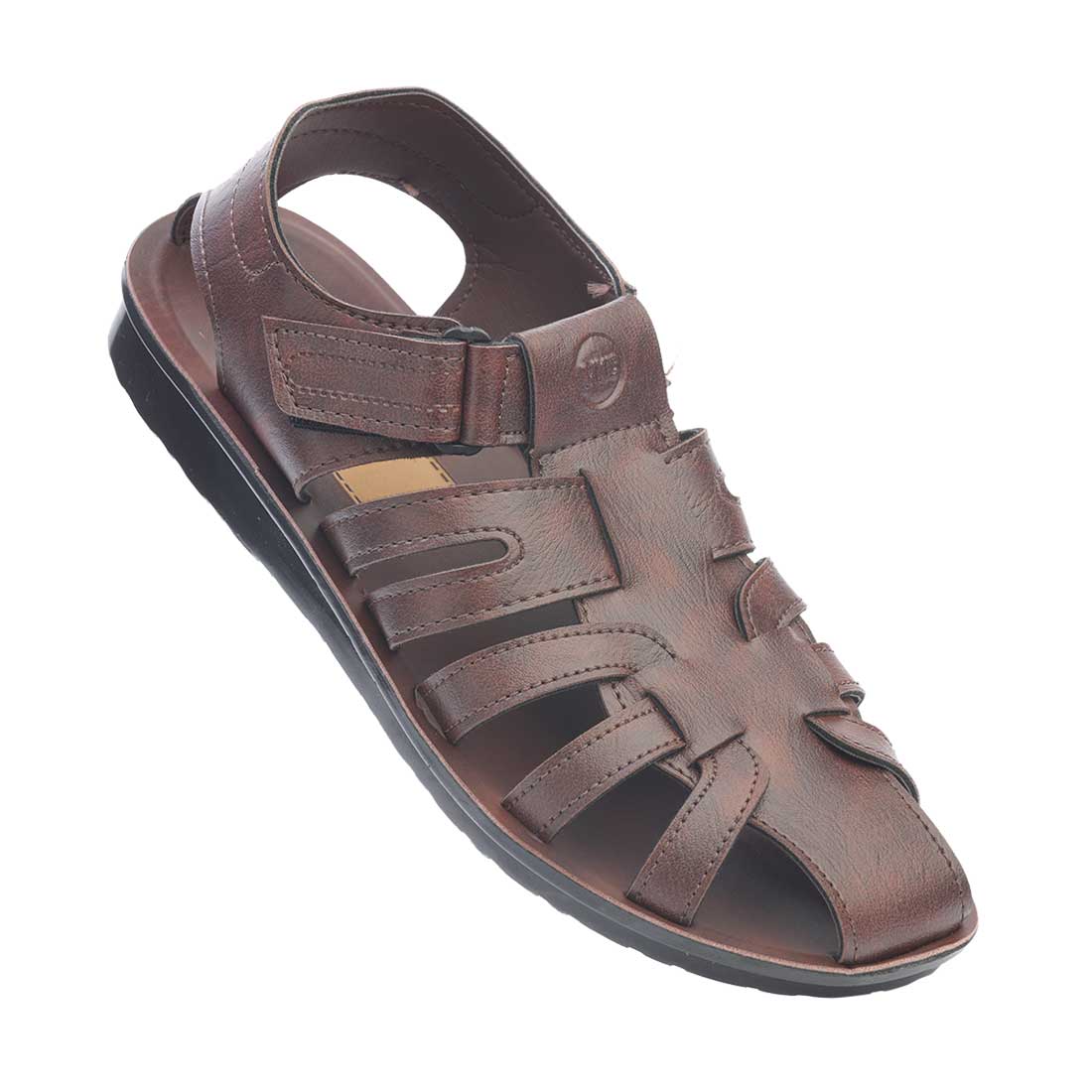Kitesurfing Lessons: How to Get Started and What You Need to Know
Kitesurfing Lessons: How to Get Started and What You Need to Know
1. How Many Kitesurfing Lessons Do I Need?
The number of kitesurfing lessons you'll need depends on several factors, including your previous experience with similar sports, your physical fitness, and your ability to grasp new skills. However, as a general guideline, most beginners find that a series of 8 to 12 lessons is sufficient to acquire the necessary skills to kiteboard safely on their own.
2. What to Bring to the First Kitesurfing Lesson
When attending your first kitesurfing lesson, there are a few essential items you should bring with you:
- Wetsuit: Depending on the water and air temperature, you may need a wetsuit to keep you warm and protected. Often this will be supplied by the school but it's worth checking.
- Sunscreen: Protect your skin from harmful UV rays by applying sunscreen before you hit the water.
- Towel and change of clothes: After your lesson, you'll want to dry off and change into dry clothes.
- Water and snacks: Staying hydrated and energized is important during physical activities, so bring water and some light snacks.
The kitesurfing school will provide the necessary equipment, including a kite, board, harness, and helmet. However, it's always a good idea to check with the school beforehand to ensure you have all the required gear.
3. How to Find and Book Kitesurfing Lessons
- Research local kitesurfing schools: Start by researching kitesurfing schools in your area. Look for reputable schools with certified instructors who have experience teaching beginners.
- Read reviews and testimonials: Check online platforms, such as review websites and social media, for reviews and testimonials from previous students. This can give you valuable insights into the quality of instruction provided by different schools.
- Contact the school: Reach out to the kitesurfing schools you're interested in and inquire about their lesson packages, availability, and prices. Ask any questions you may have to ensure they meet your requirements.
- Book your lessons: Once you've found a suitable kitesurfing school, book your lessons in advance. Some schools offer packages that include multiple lessons at a discounted rate, which can be a cost-effective option for beginners.
4. Steps Involved in Learning Kitesurfing
- Theory and safety briefing: Your first lesson will typically begin with an introduction to kitesurfing theory and safety procedures. You'll learn about wind directions, kite control, safety systems, and basic etiquette.
- Flying a trainer kite: Before getting into the water, you'll start by flying a smaller trainer kite on land. This helps you get familiar with kite control and basic flying techniques.
- Body dragging: In the water, you'll learn how to control the kite while being pulled through the water without the board. This exercise helps you understand the power of the kite and how to maintain control.
- Water re-launch and self-rescue: You'll practice techniques to re-launch the kite from the water and perform self-rescue procedures in case of emergencies.
- Board skills: Once you've mastered kite control, you'll learn how to body drag with the board, practice board starts, and gradually progress to riding in both directions.
- Advanced techniques: As you gain confidence and proficiency, your instructor will introduce more advanced techniques such as riding upwind, jumping, and performing tricks. These skills require practice and patience to master.
- Safety and self-awareness: Throughout your lessons, safety will always be a priority. Your instructor will teach you about weather conditions, reading the wind, and how to assess potential risks. It's crucial to develop good situational awareness and always prioritize safety while kitesurfing.
5. How Much Are Kitesurfing Lessons?
The cost of kitesurfing lessons can vary depending on the location, duration of the lessons, and the number of lessons included in a package. On average, a single kitesurfing lesson can range from $80 to $150 per hour. However, many schools offer discounted rates for package deals that include multiple lessons.
Investing in proper lessons with a qualified instructor is highly recommended, as it ensures a structured learning process and a solid foundation in kitesurfing skills.
6. Do I Need Kitesurfing Lessons?
While it's technically possible to teach yourself kitesurfing, taking lessons from a certified instructor is strongly advised, especially if you're a beginner. Kitesurfing involves handling powerful equipment and understanding various safety procedures. Professional instructors have the knowledge and experience to teach you the fundamental techniques, safety protocols, and best practices.
By taking lessons, you'll learn important skills, gain valuable insights, and avoid common mistakes that could lead to accidents or injuries. Moreover, instructors can provide guidance tailored to your specific needs, allowing you to progress faster and more safely.
In conclusion, if you're eager to embark on the thrilling journey of kitesurfing, enrolling in professional kitesurfing lessons is crucial. Research local kitesurfing schools, read reviews, and book your lessons in advance. Remember to bring necessary items to your first lesson, such as a wetsuit, sunscreen, towel, and water. The learning process involves theory lessons, flying trainer kites, body dragging, board skills, and advancing to more advanced techniques. Always prioritize safety, follow the guidance of your instructor, and be patient with yourself as you progress. With dedication and practice, you'll soon be riding the waves, harnessing the power of the wind, and experiencing the sheer joy of kitesurfing.

